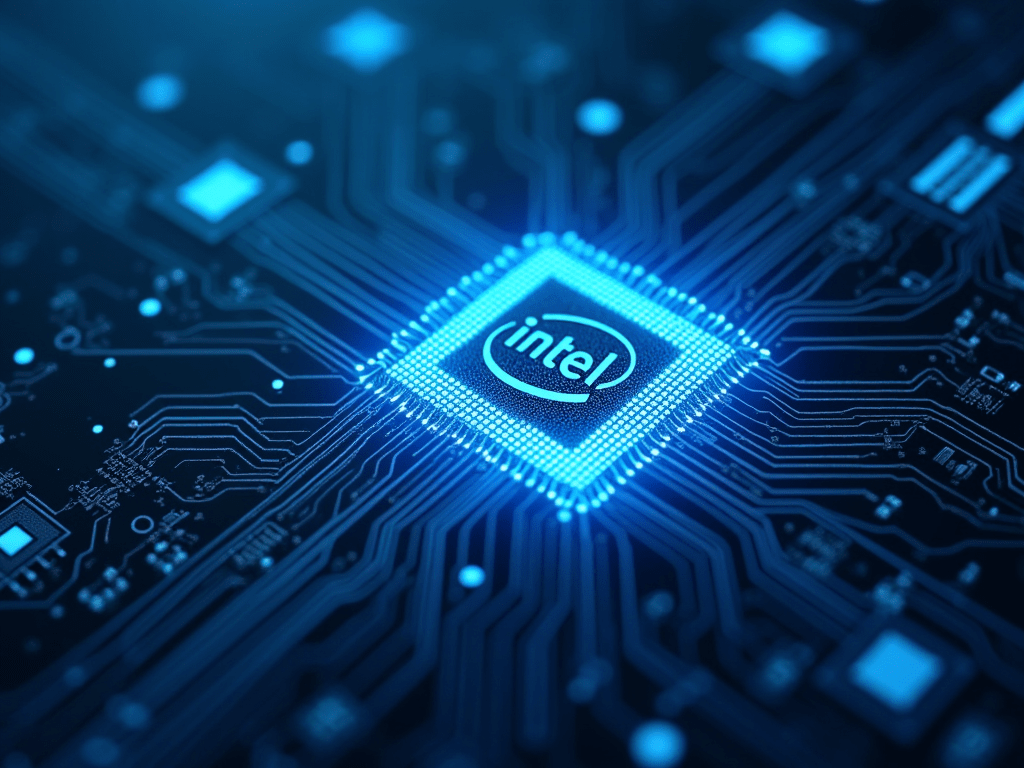Intel’s Financial Woes: A Chip Giant’s Fall from Grace
As a long-time follower of the semiconductor industry, I’ve watched with growing concern as Intel, once the undisputed leader in chip manufacturing, has stumbled in recent years. The company’s latest financial results paint a troubling picture of a tech titan struggling to regain its footing.
A Disappointing Earnings Report
Intel’s Q2 2024 earnings released in August sent shockwaves through the industry. Revenue of $12.8 billion represented a 1% year-over-year decline, falling short of analyst expectations. Even more worrying was the company’s forecast for Q3, projecting revenue between $12.5-13.5 billion – a far cry from the growth investors were hoping to see.
The most alarming figure was Intel’s GAAP earnings per share of -$0.38, plunging the company into the red. This financial hit stems from a combination of factors, including:
- Intense competition from rivals like AMD and Nvidia
- Slowing demand in the PC and data center markets
- Ongoing manufacturing challenges
Drastic Cost-Cutting Measures
In response to these financial pressures, Intel announced a dramatic $10 billion cost-reduction plan. The cornerstone of this strategy is a more than 15% reduction in the company’s workforce – translating to over 20,000 job cuts.
Additionally, Intel is suspending its dividend payments starting in Q4 2024. For a company that has long prided itself on returning value to shareholders, this move underscores the severity of its current predicament.
The AI Challenge
Perhaps the most significant factor in Intel’s decline has been its struggle to capitalize on the AI boom. While competitors like Nvidia have seen their stock prices soar on the back of AI-related demand, Intel has largely missed out on this lucrative market.
The company is working to catch up, with plans to launch new AI-focused products in the coming years. However, the question remains whether these efforts will be too little, too late.
Government Funding in Jeopardy
Adding to Intel’s woes is uncertainty surrounding the $19.5 billion in grants and loans it was slated to receive under the CHIPS Act. Recent reports suggest that the U.S. government is hesitant to release these funds until Intel demonstrates concrete progress in bolstering domestic chip production.
With the company scaling back some of its manufacturing plans, there’s a real risk that this crucial financial lifeline could be delayed or even withdrawn.
A Glimmer of Hope?
Despite these challenges, it’s too early to count Intel out entirely. The company still possesses world-class engineering talent and significant manufacturing capabilities. CEO Pat Gelsinger’s ambitious plan to regain technological leadership by 2025 could yet bear fruit.
However, the road ahead is undoubtedly rocky. Intel will need to execute flawlessly on its turnaround strategy while navigating an increasingly competitive landscape. As someone who’s followed this industry for years, I’ll be watching closely to see if this chip giant can regain its former glory.




